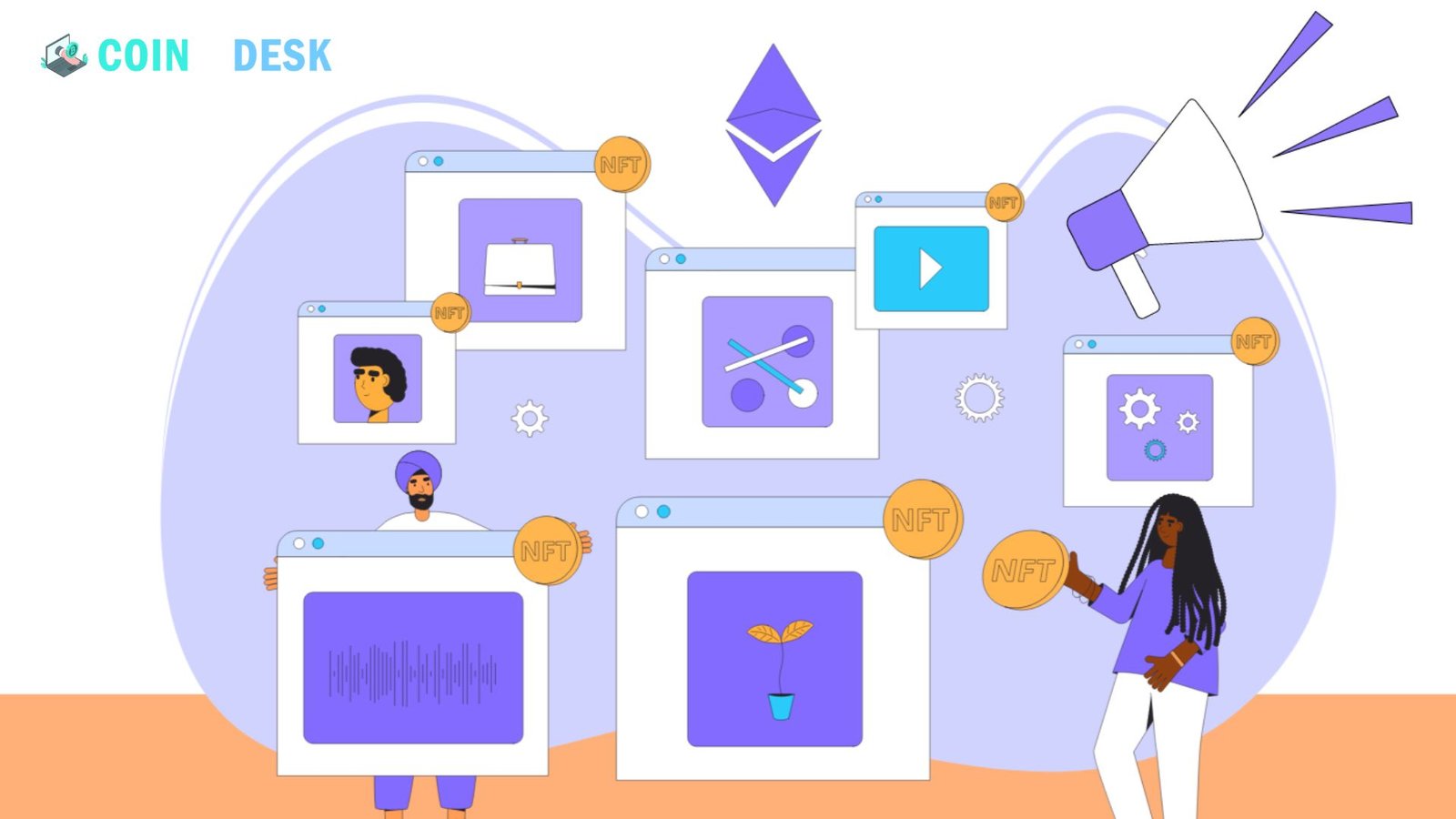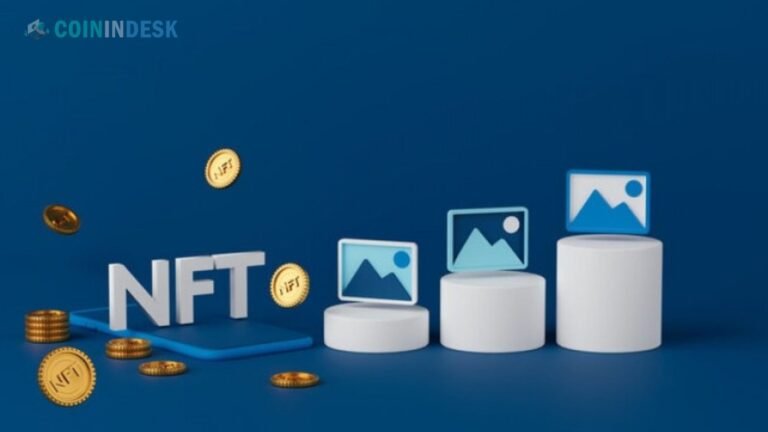NFT Marketing Strategy: One of the most revolutionary movements in digital assets, the emergence of Non-Fungible Tokens (NFTs) has redefined online value and ownership. To stand out in the increasingly congested market for NFTs, it is essential to have an efficient marketing plan as more creators, brands, and enterprises enter the space. To help you get the most out of your NFT marketing efforts in 2024, this article takes a close look at the most recent techniques, trends, and best practices in the industry.
Understanding the NFT Market Landscape
You must know where the NFT market is at the moment before you can even begin to think about NFT Marketing Strategy. The NFT sphere has grown a lot by 2024, with all sorts of players in it, from small businesses to solo artists. There has been a change in the market towards utility-driven NFTs, where tokens provide access to exclusive communities, real-world events, and even physical assets, in addition to digital art.
Identify Your Target Audience
The foundation of any marketing plan, including NFTs, is knowing your audience. A wide range of people, from art collectors and gamers to tech-savvy investors and curious newbies, make up the NFT community. Marketing your NFT will be much easier if you first figure out the demographic it appeals to.
For instance, rather than focusing on more generalized social media platforms, it may be more successful to target communities on sites like Reddit, Discord, and specific gaming forums if your NFTs are related to gaming. Yet, NFT-centric marketplaces like Foundation or SuperRare, as well as social media sites like Twitter and Instagram, may be better suited to art-related NFTs.
Leverage Social Media and Content Marketing
Social media remains a powerful tool for NFT Marketing Strategy, especially platforms like Twitter, Instagram, and TikTok, where visual content thrives. Create engaging content that showcases your NFTs, tells the story behind them, and highlights their unique features. Consistent posting, using relevant hashtags, and engaging with your audience through comments and direct messages can significantly increase your reach.
- Twitter Spaces and AMAs: Hosting live sessions where you discuss your NFTs, the creative process, and plans can build a strong connection with your audience. These sessions also allow potential buyers to ask questions directly, increasing transparency and trust.
- Influencer Collaborations: Partnering with influencers in the NFT space can give your project a significant boost. Influencers can help amplify your message, reach new audiences, and add credibility to your project.
Utilize NFT Marketplaces and Platforms
Choosing the right marketplace to list your NFTs is crucial. Each platform has its community, fee structure, and marketing tools. Some of the most popular marketplaces include OpenSea, Rarible, and SuperRare, but new platforms are emerging regularly, each catering to different niches.
- Platform-Specific Promotions: Many NFT marketplaces offer promotional tools like featured listings, social media shoutouts, and email newsletters. Investing in these can give your NFTs more visibility.
- Cross-Platform Listing: Listing your NFTs on multiple marketplaces can broaden your exposure. However, ensure you maintain consistent branding and pricing across platforms to avoid confusion.
Community Building and Engagement
Building a strong community around your NFTs can lead to long-term success. Engaged communities are more likely to support your future projects, participate in sales, and spread the word about your NFTs.
- Discord and Telegram Groups: Creating dedicated channels where your community can interact, ask questions, and receive updates fosters a sense of belonging. Regular updates, sneak peeks, and exclusive content can keep your community engaged and excited.
- Interactive Experiences: Offering interactive experiences, such as virtual events, live streams, or even augmented reality (AR) interactions with your NFTs, can create a more immersive and memorable experience for your audience.
Strategic Pricing and Scarcity
Pricing your NFTs appropriately is critical. Too high, and you may alienate potential buyers; too low, and you risk undervaluing your work. Consider the following strategies:
- Tiered Pricing: Offering NFTs at different price points can cater to a broader audience. For instance, limited edition pieces can be priced higher, while more common or open edition items are more affordable.
- Scarcity and Rarity: Creating a sense of scarcity can drive demand. Limited editions, one-of-a-kind pieces, and time-limited sales are effective ways to leverage this. However, be transparent about the number of editions and the rarity of each piece to maintain trust.
Collaborations and Partnerships
Collaborating with other creators, brands, or even influencers can expand your reach and introduce your NFTs to new audiences. Partnerships can take many forms, including co-branded NFTs, cross-promotions, or even joint events.
- Brand Collaborations: Partnering with established brands can lend credibility to your NFTs and attract attention from outside the traditional NFT community. For example, a collaboration with a fashion brand could lead to NFTs that offer both a digital asset and a physical item.
- Creator Collaborations: Working with other NFT creators allows for the sharing of audiences and resources. Co-creating a series of NFTs can combine fan bases and generate buzz.
SEO and Search Engine Visibility
While social media and marketplaces are critical, don’t overlook the importance of search engine optimization (SEO) for your NFT website or landing page. Optimizing your site with relevant keywords, meta descriptions, and backlinks can improve your search engine rankings, making it easier for potential buyers to find your NFTs.
- Content-Rich Blogs: Writing blogs about your NFTs, the creative process, or industry trends can drive organic traffic to your site. This not only improves SEO but also positions you as an authority in the NFT space.
- Backlinks and Partnerships: Establishing backlinks from reputable sites in the NFT or art community can boost your website’s authority and search rankings.
Innovative Utility and Use Cases
As the NFT market evolves, buyers are increasingly looking for NFTs that offer more than just aesthetic value. Integrating utility into your NFTs can set you apart from competitors.
- Token-Gated Access: NFTs can serve as a gateway to exclusive content, events, or communities. For example, owning a specific NFT might grant access to a private Discord channel, a VIP event, or even a digital course.
- Real-World Applications: Consider how your NFTs can interact with the real world. For instance, an NFT could represent ownership of a physical item, provide a discount on future purchases, or even be redeemed for a physical experience.
Analytics and Data-Driven Decisions
To refine your NFT Marketing Strategy, it’s essential to track your performance. Use analytics tools to monitor which platforms drive the most traffic, which types of content perform best, and how your audience interacts with your NFTs.
- Marketplace Analytics: Most NFT marketplaces provide data on views, favorites, and sales. Analyzing this data can help you understand what resonates with your audience.
- Social Media Metrics: Tools like Twitter Analytics or Instagram Insights can give you a deeper understanding of your audience’s demographics, engagement rates, and content performance.
Ethical Considerations and Transparency
With the rapid growth of the NFT market, there have been concerns about environmental impact, fraud, and the ethical use of blockchain technology. Being transparent about your processes, using eco-friendly platforms, and adhering to ethical standards can build trust with your audience.
- Environmental Impact: Consider using eco-friendly blockchains like Tezos or Polygon, which offer lower energy consumption compared to traditional proof-of-work blockchains like Ethereum.
- Transparency: Communicate the details of your NFTs, including edition sizes, pricing, and any associated rights. Transparency builds trust and encourages repeat buyers.
Conclusion
The NFT market in 2024 is more competitive and sophisticated than ever. However, with the right NFT Marketing Strategy, it’s possible to stand out and achieve success. By understanding your audience, leveraging social media, building a community, and integrating innovative utilities, you can create a compelling NFT project that resonates with collectors and enthusiasts alike. As the landscape continues to evolve, staying adaptable and open to new trends will be key to long-term success in the NFT space.


